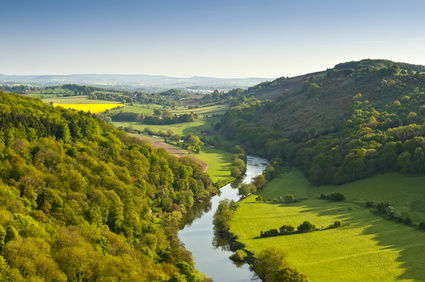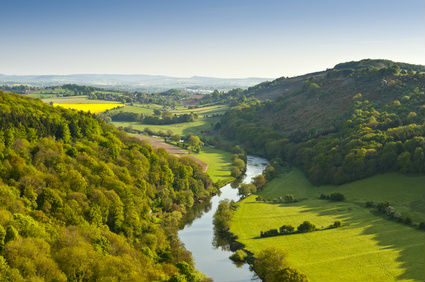
Everything to know about Area of outstanding natural beauty (AONB)
What is an area of outstanding natural beauty?
An AONB is an area of countryside in England, Wales, and Northern Ireland, that has been designated for conservation due to its significant landscape value. It is also protected by the countryside and rights of way act 2000 (CROW Act).
How are AONBs made?
Natural England can make orders to designate areas of outstanding natural beauty or vary the boundaries of existing ones. Before natural England proposes an area to become an AONB, it must meet the natural beauty criterion. This could be multiple different factors, such as:
Landscape quality.
Scenic quality.
Relative wildness, such as distance from housing or having few roads.
Natural heritage features, such as distinct species and habitat.
Relative tranquillity, where all you can hear is natural sounds.
Cultural heritage.
History –
The idea that would eventually become the AONB designation was first put forward by John Dower in 1945. Dower was a civil servant and architect, who was a secretary of the standing committee on national parks. Dower suggested there was a need for the protection of certain naturally beautiful landscapes that were unsuitable as national parks. They were usually unsuitable because of their small size and lack of wildness.
Can you build or renovate an area of outstanding natural beauty?
Before developing your property, it is important for you to know what rights you have as a property owner in an AONB. Because of the area, your permitted development rights may be reduced, and planning permission grants may become more uncommon.
Permitted development is a development that you can carry out without needing to apply for full planning permission. You may still need approval under other legislations.
You might be able to extend a house in an AONB under permitted development if you follow the rules, are some examples:
It must not go more than 4m beyond the rear wall of the property if it’s a detached house or 3m for any other dwelling.
Must not be more than 4m high.






